How To Design Your Trauma Bay
The Trauma Pro
MARCH 21, 2024
In the last two posts, I discussed the size of your trauma bay and how to measure it. This can obviously be helpful if you are updating or building new resuscitation rooms. But what about all the stuff that goes into it? Where is the best place to put it? If you are in the enviable position of being able to stock a brand-new room, here are some tips.
.jpg)






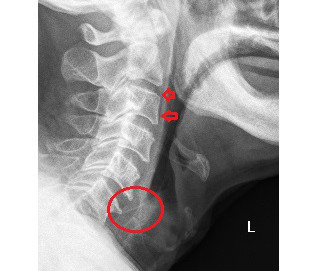

.jpg)
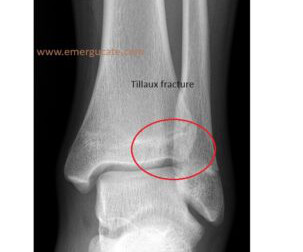

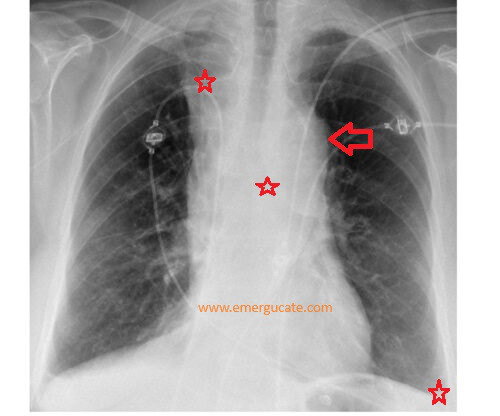



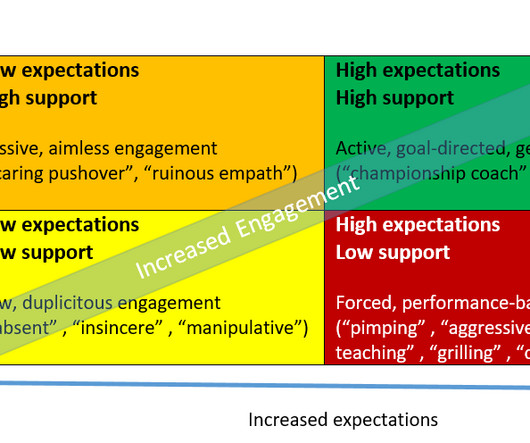






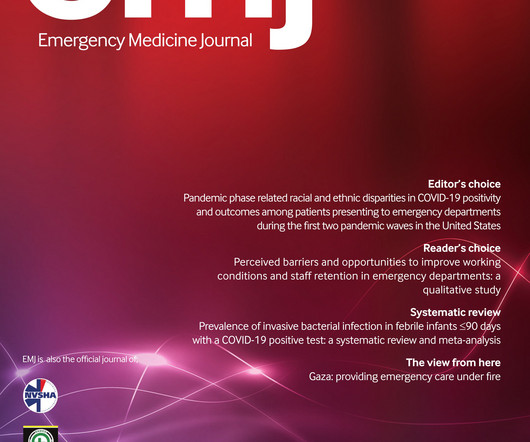



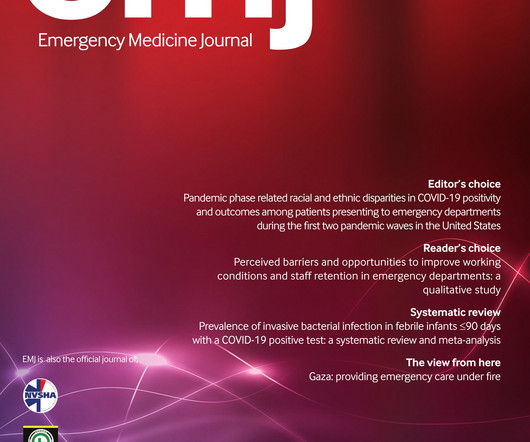







Let's personalize your content